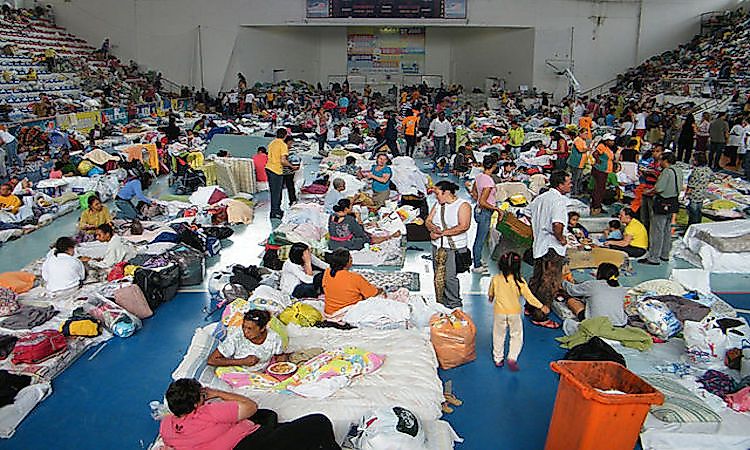Who Is An Environmental Migrant?

Who Is An Environmental Migrant?
An environmental migrant, also known as an environmental or climate refugee, is someone who has left their homes as a result of sudden or long term changes in their environment that adversely affect their livelihoods. Such changes include but are not limited to rise of sea level, desertification, droughts, and disruptions of weather patterns such as monsoons. Environmental migrants may move from home country to another country, or even within the country. One of the fundamental causes of environmental migration is the effects of climate change and the general degradation of the environment. The term environmental refugee was first used in 1976 by Lester Brown and since then there has been an increase in a cluster of similar categories which include climate change refugee, forced environment migrants among many other terms.
Types Of Environmental Migrants
According to the International Organization of Migration, there are three types of environmental migration. First, there are environmental emergency migrants, referring to people who temporarily flee their homes as a result of an environmental disaster like an earthquake, tsunami or hurricane. These are unexpected environmental events. The second type is the environmentally forced migrants, which refer to people fleeing because of the deteriorating conditions in the environment like deforestation or deterioration of coastal areas. The third type is the environmentally motivated migrants, also referred as the environmentally induced economic migrants. These are categories of people who are forced to leave to avert possible future hardships or hazards. Examples are people who are forced to leave as a result of decreasing crop productivity caused by desertification.
Mass Scale Migration
According to Jodi Jacobson, the first researcher to estimate environmental migrants argued that there were about 10 million environmental refugees based on worst case scenarios of rising sea levels and were bound to increase to six times more than the political refugees. While according to Mustafa Tolba, the executive director of UNEP in 1989 claimed that as many as 50 million people are bound to be environmental refugees if the world did not work to support sustainable development. The intergovernmental Panel on Climate Change (IPCC) in 1990 stated that greatest single consequence of climate change could be environmental migrants, leading to millions of people being displaced from coastal flooding, shoreline erosion, and severe droughts. Norman Myers, an environmentalist from Britain in the mid 1990s noted that environmental refugees would become the single largest group of involuntary refugees and estimated that there were already 25 million refugee and the figures would double by 2010 to reach an unprecedented level of 200 million by 2050.
Migrants In Asia And The Pacific
In 2010 and 2011, there were more than 42 million people who were displaced in Asia and the Pacific. These figures were more than twice the population of Sri Lanka and included people who were displaced by the rise in the sea level, drought, floods, storms, heat waves, and cold waves. The migrants who left eventually returned, but others became migrants either within their country or across the border.
Addressing Environmental Migration
Migration caused by climate is a highly complex concept that can be understood as part of global migration dynamics. The environmental factors are interconnected with social and economic factors, which are in turn influenced by environmental changes. Therefore, climate-induced migration needs to be addressed as part of a country’s development agenda, because of the major repercussions of migration on social and economic development.











